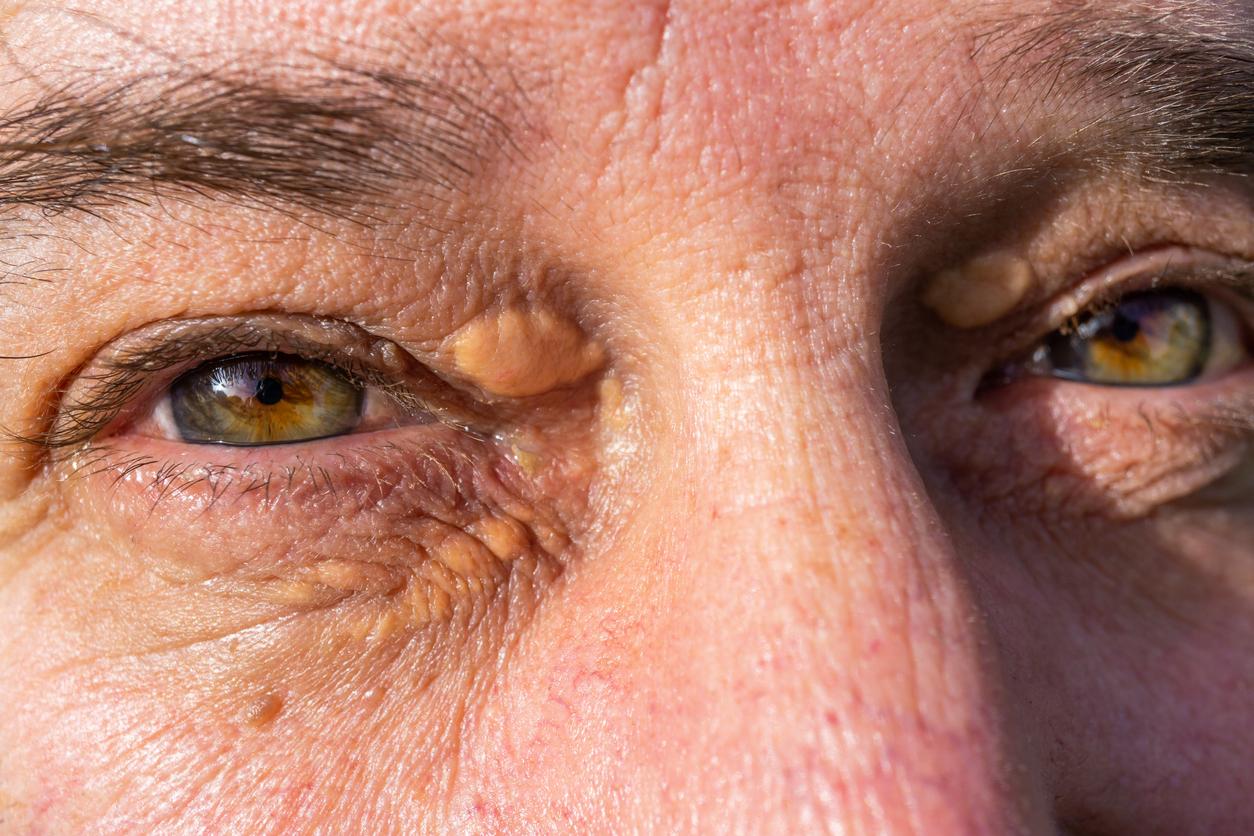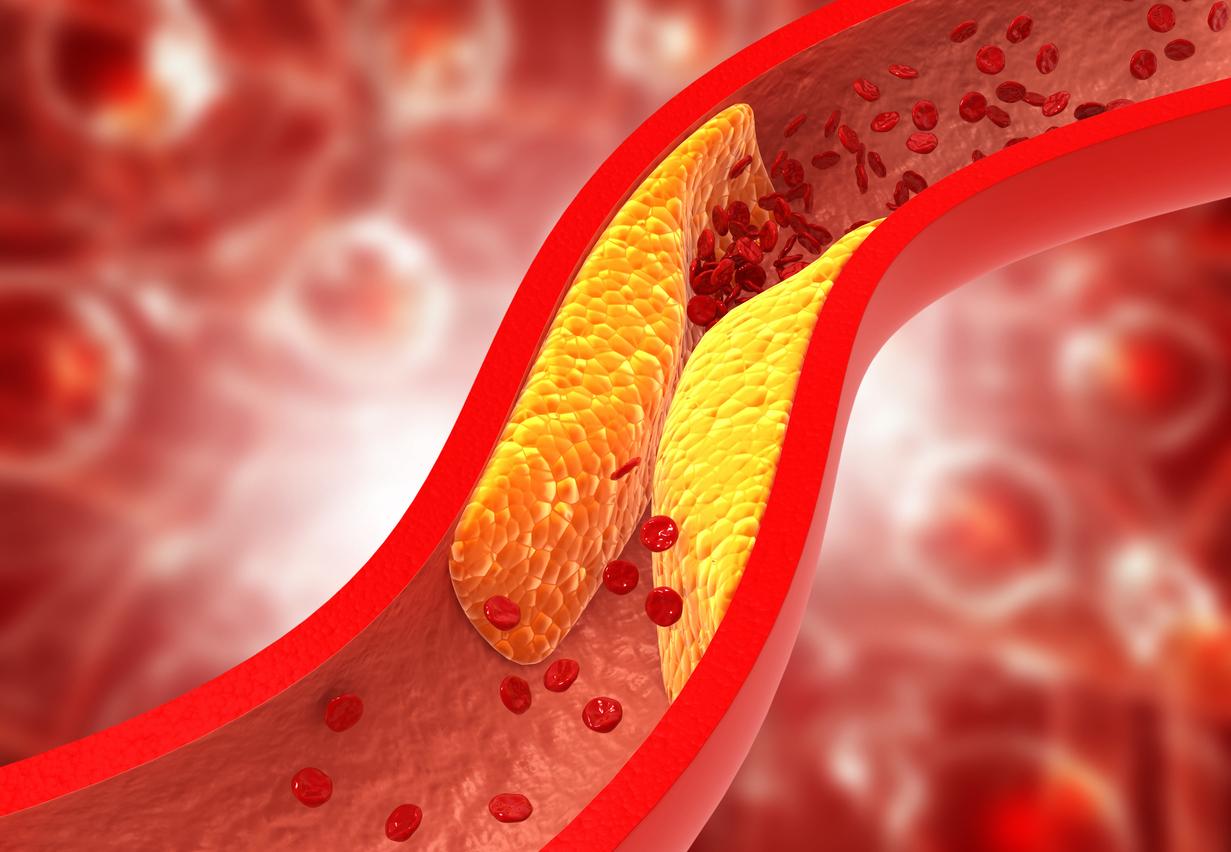Cholesterol: who is concerned?
Everyone must be vigilant. On average 20 to 30% of the population would be affected by hypercholesterolemia. Be careful, you can have the “bean line” and high levels of bad cholesterol! Excess cholesterol particularly affects men over 45 and women over 55. People whose parents or siblings have cholesterol. If you are diabetic, hypertensive, obese or smoker, it is advisable to watch your cholesterol level more carefully, even if you take the pill.
Cholesterol: when to carry out a control?
Monitoring rate varies from person to person depending on their family history. In general, monitor your cholesterol levels from the age of 25. Then carry out checks every 5 years (every 3 years for the elderly).
If there is a history of severe hypercholesterolemia in your family, you can have your children screened from the age of 5.
If you take the pill, your cholesterol level was measured before the start of contraception and checked 3 months and a year later. If it is normal, a check-up every 2 years is sufficient. It must be accompanied by the dosage of triglycerides, other fats from sugars and alcohol.
Cholesterol: how is the exam going?
Biological analysis is usually done in the laboratory. The blood sample is taken on an empty stomach. We directly measure total cholesterol, good cholesterol, triglycerides. The bad cholesterol is calculated by a complex formula, but the result is only valid if the triglycerides do not exceed 4g/l (normally less than 1.5g/l).
There is also a home test. Collect a drop of blood from your fingertip, at any time of the day, without having imposed any food restrictions beforehand. The result is available in 10 minutes, but it is less precise than a laboratory analysis. We recommend it mainly as a warning sign.
Cholesterol: how to analyze the numbers?
There are two types of cholesterol. The good cholesterol is LDL and the bad cholesterol is HDL. Without a risk factor, a good cholesterol level is characterized by an overall cholesterol level below 2g/l, an HDL level above 0.45g/l and an LDL level below 1.6g/l.
If you have additional vascular risks (tobacco, alcohol, hypertension, overweight, heredity, heart attack, etc.), the limits are even stricter. With a risk factor, we recommend a total cholesterol of 1.8g/l and an LDL of 1.3g/l. With two or more risk factors, they need to be kept even lower 1.6g/l and 0.70g/l.
















